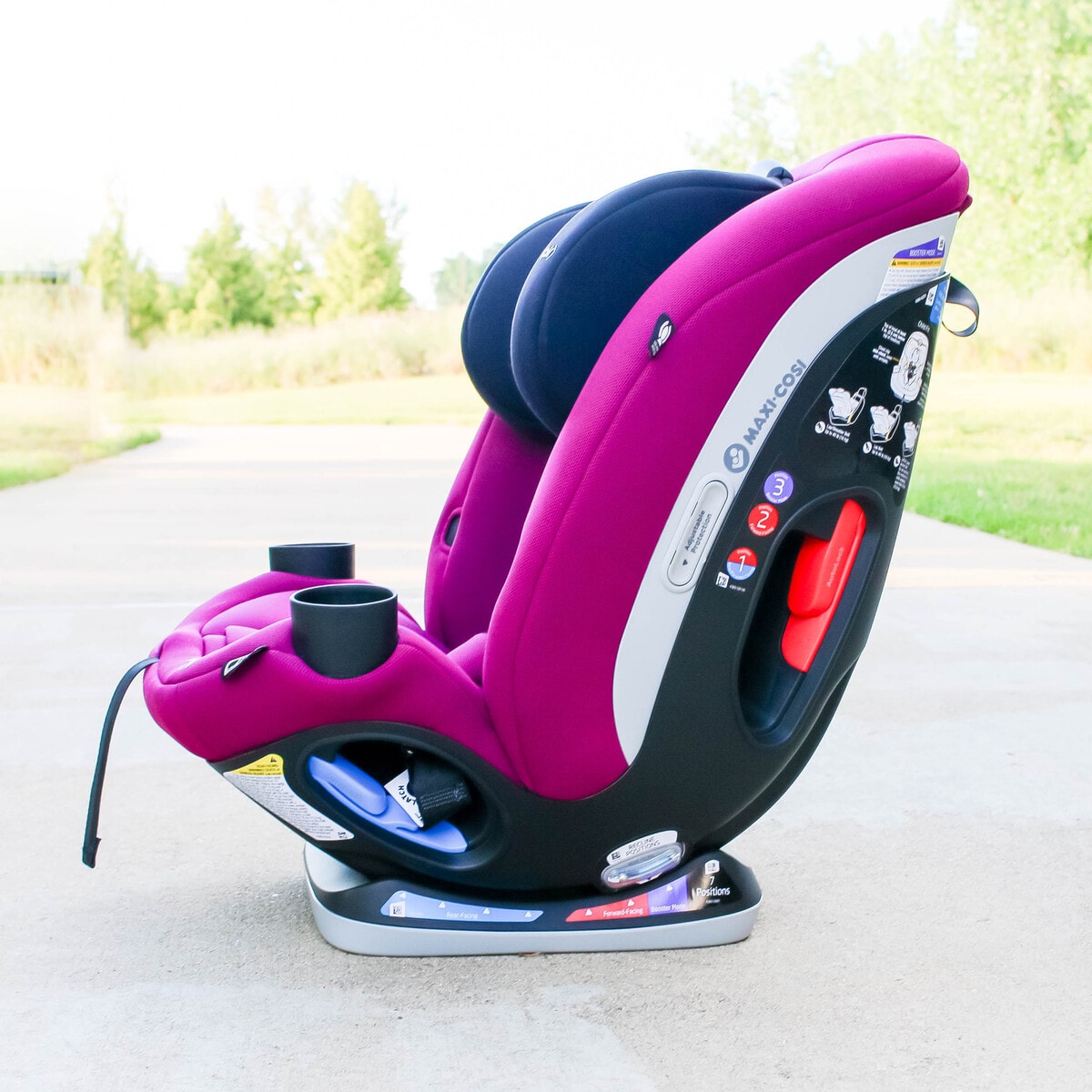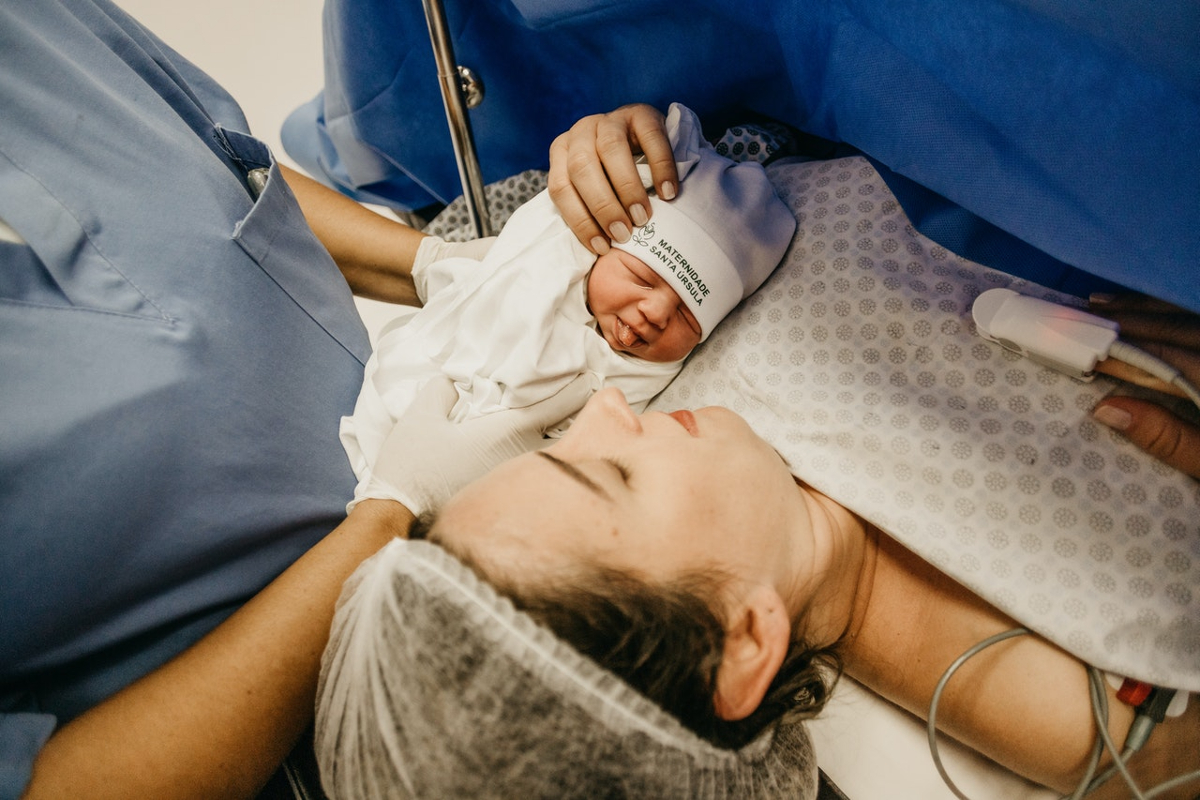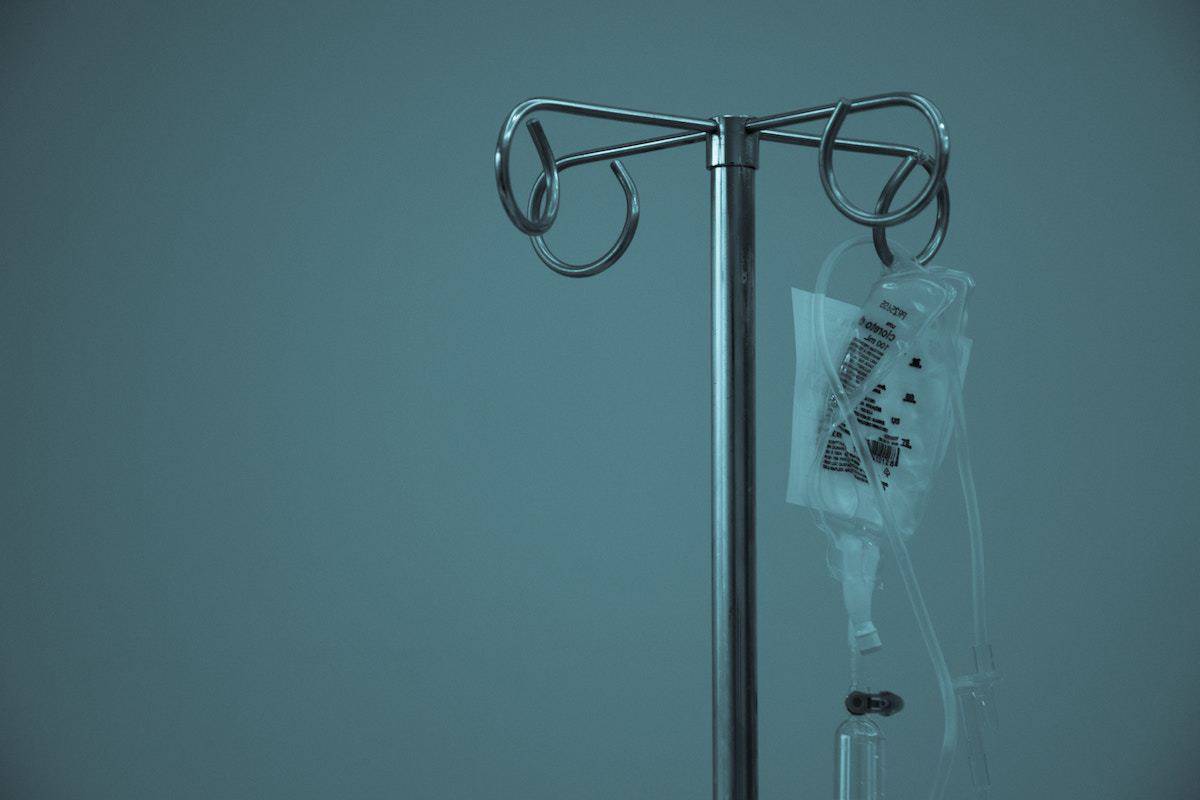If you’re a parent to younger kids, you know that car seat guidelines have changed dramatically in recent years. So much so, in fact, that what you followed for your oldest may be different from what you’re currently doing with your youngest!
Sorting through the laws and recommendations is overwhelming enough, but then there’s confusing, often conflicting, data regarding:
- Rear-facing versus forward-facing seats
- Infant versus convertible seats, and
- Five-point harnesses, booster seats and seatbelts.
With so much information out there, it can make you just want to clip your babe in the Ergo, and hoof it everywhere. But you don’t have to do that! Behold: your comprehensive guide to choosing a car seat.
Car Seats: The Law
Are you over 30? If so, did you know that 30 years ago, car seats weren’t required for children? In fact, it’s estimated that by 1984, only half of all children under the age of four were riding in car seats.
Thankfully, the laws have changed since then, tightening to make cars as safe as possible for kids. Currently, all 50 states, plus the District of Columbia, Guam, the Northern Mariana Islands and the Virgin Islands now require infant seats. After your child has outgrown their child safety seats but are still too small to use an adult seat belt safely, 48 states and the District of Columbia and Puerto Rico require convertible/booster seats. (The only states lacking booster seat laws are Florida and South Dakota.) Read a full breakdown of laws by state here.
AAP Guidelines
That’s the law — the American Academy of Pediatrics is much stricter. In 2011, the AAP revised their recommendation on car seat guidelines, urging parents to keep toddlers in rear-facing car seats until age two, or until they exceed the height or weight limit for the car seat (which might not occur until the child’s third or even fourth birthday).
However, after your child’s second birthday, there are still strict safety rules you need to follow. After your child turns 2, the AAP advises continuing to use the rear-facing seat until he or she exceeds the manufacturer’s recommended height and weight limits. Once that happens, you can then switch your child’s seat to forward facing.
Once you’ve made the transition, plan on using the forward-facing car seat with a harness for as long as possible, up to the highest weight or height allowed by their car seat manufacturer. It is best for children to ride in a seat with a harness as long as possible, until at least to 4 years of age. If your child outgrows his seat before the age of 4, consider switching to another car seat with a harness approved for higher weights and heights, as it’s safer.
As a general rule of thumb, the AAP recommends keeping your child in the car seat for as long as possible, as long as the child fits within the manufacturer’s height and weight requirements.
Transitioning
We’ve already touched on the various types of car seats, but let’s review:
- Infant: These seats usually have a base and detachable seat for easy transition in/out of the car. Infant seats are always rear-facing.
- Convertible or “All-in-One”: Can be both rear- and forward-facing. Convertible car seats typically have higher height and weight limits for the rear-facing position, allowing you to keep your child rear-facing for a longer period of time. After they’ve exceeded the rear-facing guidelines, switch to forward-facing until your child reaches those specific parameters. These seats have a five-point harness, which is much safer for kids than a seat belt.
- Booster: For older children who have outgrown their convertible car seats. All children whose weight or height is above the forward-facing limit for their carseat should use a belt-positioning booster seat until the vehicle seat belt fits properly, which is typically when they have reached 57 inches (4′ 9″) in height and are between 8 and 12 years of age. As always, you’ll find manufacturer-specific safety guidelines in the owner’s manual that comes with your car seat.
- Seat belt: Once your child outgrows his booster seat, you’ll of course begin using a seat belt. Seat belts are made to fit adults — which is why your child must use a booster seat until he reaches the proper size. When children are old enough and large enough to use the vehicle seat belt alone, they should always use lap and shoulder seat belts for optimal protection.
So if you adhere to AAP guidelines, you could be stuck with purchasing three different car seats for your child: an infant, convertible and booster. That’s not only expensive, it’s unnecessary.
Recaro understands that parents want both safety and practicality with their child’s car seat, and they’ve created a line of car seats that balance performance with protection. The company specializes in creating safe seats across a platform of various vehicles: from sporty automotive seats to child car seats, lightweight aircraft seats to sturdy seats for trucks.
Product Recommendation
The Performance RIDE Convertible Car Seat is designed for children from 5 to 40 pounds rear-facing or 20 to 65 pounds forward-facing — so you can literally use this car seat until your child is in grade school (this seat accommodates kids up to 49 inches tall). It incorporates RECARO Side Impact Protection technology inspired by four decades of racing seat safety, as well as various other safety features.
Parents will love Recaro’s HERO harness system technology, which ensures the highest level of protection and comfort by positioning the shoulder pads to appropriately fit the child’s neck, head and shoulders while resisting harness twisting and ensuring proper chest clip positioning. The straps themselves have Recaro’s racing stripe on the front — as long as you see the stripe, you know your kids are buckled in safely!
Kids will love how comfortable the Performance RIDE is. The head rest featured cloud enhancing memory foam, while mesh vents on the seat’s sides mean your child will stay cool in their car seat.
Other features you’ll love include:
- Easy-to-adjust headrest: simply twist either of the knobs on the top sides of the seat.
- Latch connectors make installation easy and fool-proof.
- Three rear-facing recline options: simply pull lever and adjust.
So if you can forgo the removable car seat, a convertible can get you the most bang for your buck, lasting from the day you bring Baby home, until elementary school! So if you’re a baby-wearing mama, or you have multiple kids and know your baby won’t be sleeping in the car — a convertible car seat would be a great, economical option.
However, some people like the flexibility of an infant car seat — maybe both parents work, so it’s easy to install a base in each car and transfer the seat between vehicles for daycare drop off; maybe it’s easier to carry the car seat into restaurants or on errands. If you started with an infant car seat, you may be confused about where to go next.
Product Recommendation
Recaro’s Performance SPORT Combination Harness to Booster Car Seat accommodates children 20 to 65 pounds in harness mode and 30 to 120 pounds in booster mode. This forward-facing seat would make a great option once your child has exceeded the rear-facing guidelines on their infant seat (typically 30-40 pounds and 30+ inches — well after most kids’ second birthdays!).
Like the Performance RIDE, the SPORT features HERO harness system technology and the Safety Stripe System, which is a racing-inspired white stripe that is clearly visible on the outside edge of the 5-point harness. This stripe is designed as an easy alert to parents that a twist could occur, or has begun, thus preventing a safety hazard. Additionally, all-new features include added mesh for breathability, improved comfort pad with memory foam, enhanced cup holders and stylish trim details.
Because it converts from a five-point harness to a booster (seat belt), this seat will
The Performance SPORT incorporates RECARO Side Impact Protection technology inspired by four decades of racing seat safety.
If you have any questions on car seats, call:
- NHTSA (or call NHTSA Vehicle Safety Hotline at 888-327-4236)
- SeatCheck (or call 866/SEATCHECK [866/732-8243])
- National Child Passenger Safety Certified Technicians (or call 877/366-8154) – This site provides information in Spanish and also provides a list of CPST with enhanced training in protection of children with special needs.
For in-person assistance, visit your local fire station. There, you’ll also be able to have your seats checked for proper installation.









































